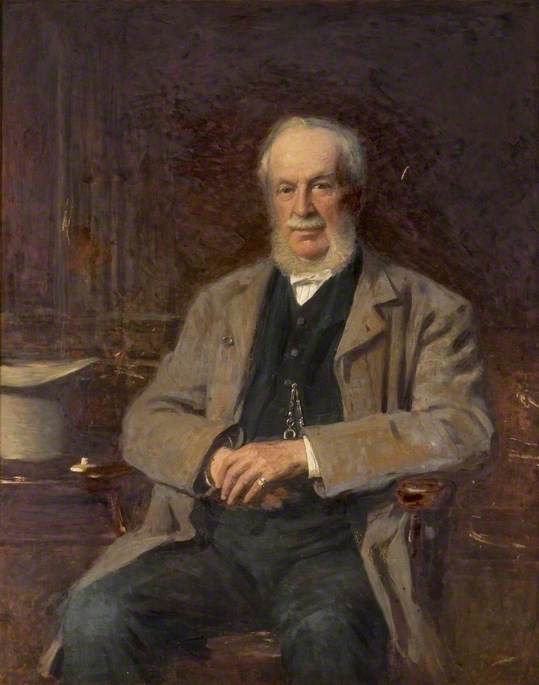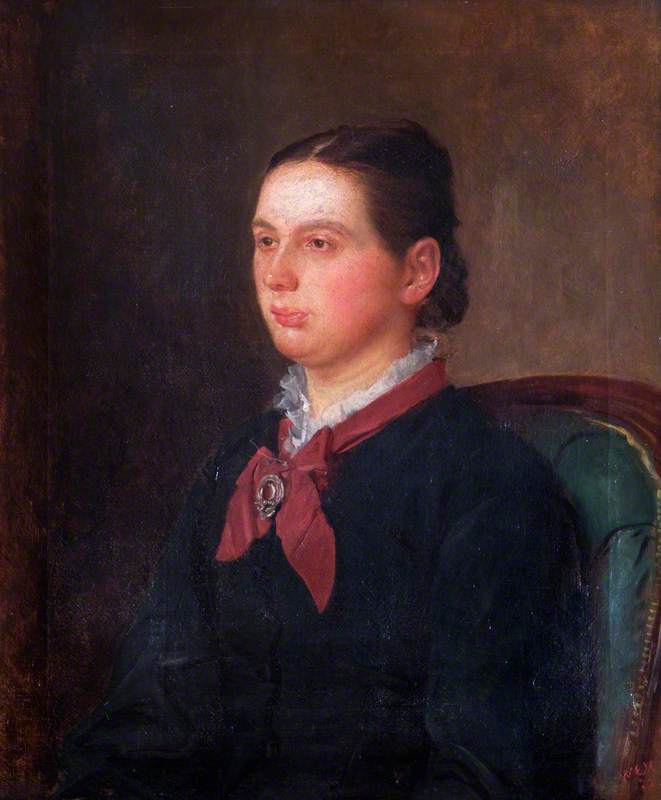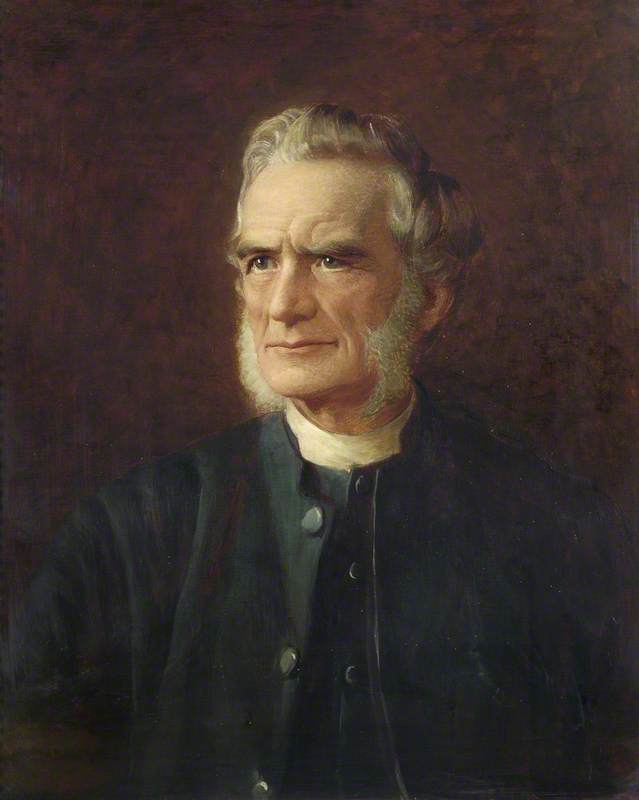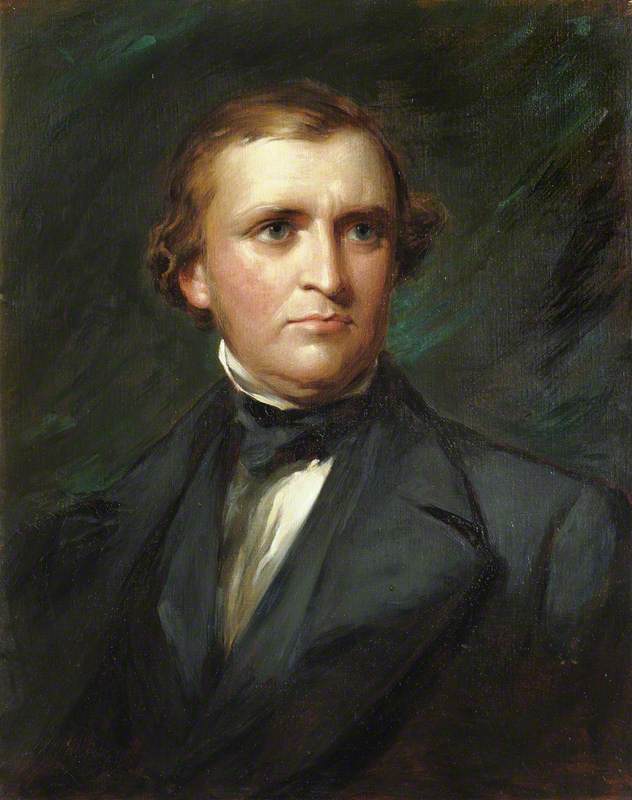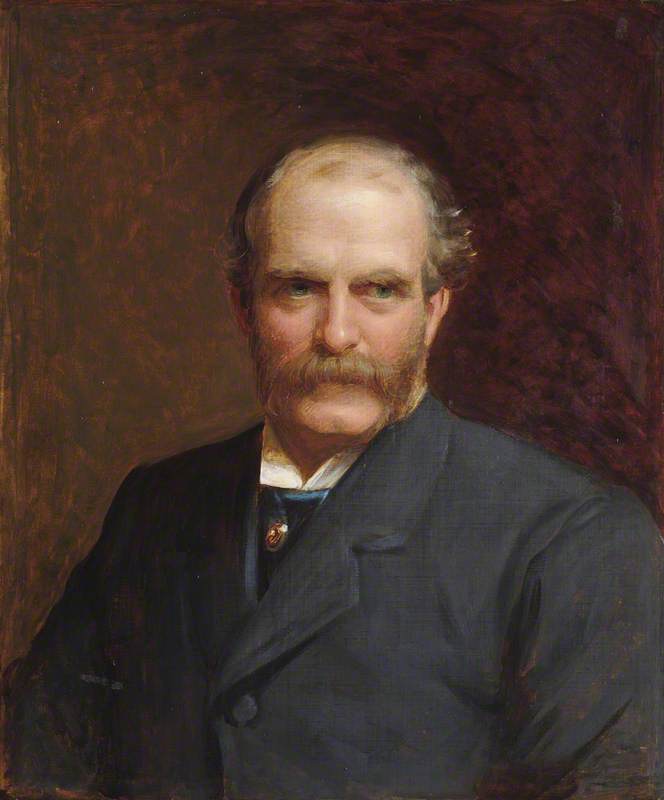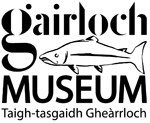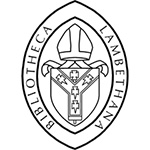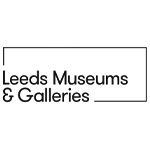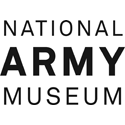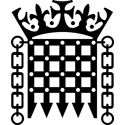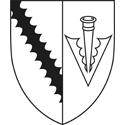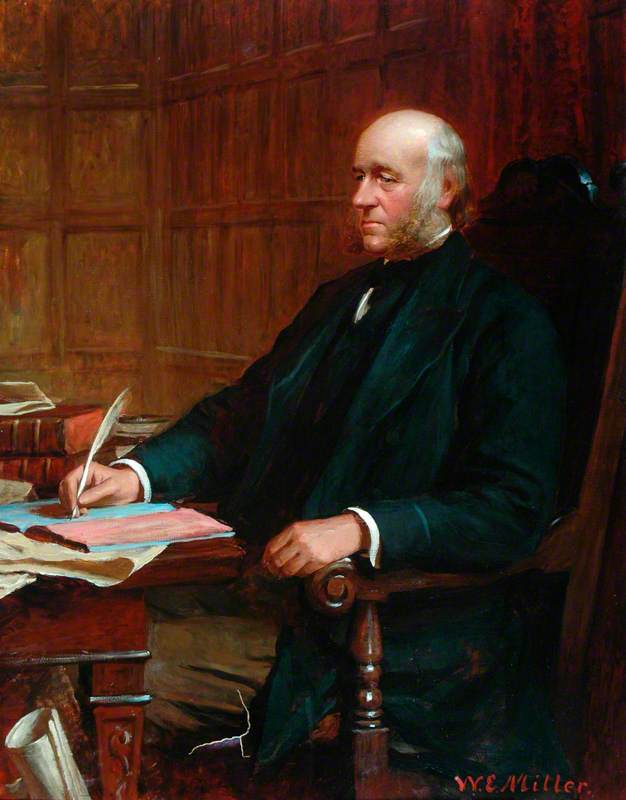
Elderly Gentleman Sitting at a Desk with a Quill and a Ledger*
William Edwards Miller (1851–1940)
Wakefield County Hall
William Miller was primarily a society portrait painter but also known as an antiquarian horological collector. He was born in Florence on 24th April 1851 as third son of six, plus two daughters, of John and Harriet Miller (née Edwards). John was usually recorded as an artist himself, including on his marriage at St Pancras, London, on 22nd October 1846 and at his children’s baptisms, but was really a gentleman of private means who was living in Europe for some years when his second and third sons were born. The second was John Douglas Miller, apparently born early in 1850 in Paris, who in 1871 was a co-pupil and just ahead of William in the Royal Academy Schools: he became a well-known mezzotint engraver and protégé of George Richmond. The eldest son was Arthur William Kaye Miller (1849–1914) who in 1871 had just begun a 44-year career at the British Museum where he became an influential bibliographer/cataloguer and eventually Keeper of Printed Books. For his last 23 years there to retirement in 1913 the ordering and printing of its General Catalogue was entirely under his control. He died suddenly in the Museum the following year while showing his daughter a newly opened gallery there.
On 20th May 1880, he married Mary Jessie Ruth Backhouse (bap. February 1846, Christchurch, St Pancras) at the British Vice-Consulate in Boulogne-sur-Mer, and afterwards at the Anglican Church of the Holy Trinity in the same place. She was daughter of two other also Camden-based artists, Henry and Margaret Backhouse, her mother (née Holden, 1818–1888) being especially notable as a widely exhibiting and successful British portrait and genre painter. Why they married in Boulogne is not clear.
In the 1881 census Mary was listed as a ‘Figure Painter’ but not subsequently. She had already exhibited as Backhouse at the RA in 1870–1875 and 1880, and did so four times more (1885, 1889, 1891, 1893) as Mrs W. E. Miller. This was from 54 Devonshire Street, which was also her husband’s RA exhibiting address from 1879 but clearly not where they were living: it may by then have been his parents’ or a studio address. In 1881 they were lodgers at 1 Holcombe Place and in 1891 lived (with two servants) at 54 Wells Road, both in Marylebone. They moved to 3 St Petersburg Place, Bayswater just before 1900 and she died there on 11th July 1928. They had no children and Mary appears to have been of some property herself, leaving just under £13,674 at probate.
William Miller began exhibiting at the RA in 1873, with A Study and A Girl’s Head, but mostly portraits and a few more studies and figure subjects following. Up until 1893 he only failed to do so in 1877–1878, 1882, 1884, 1888 and 1891: his more sporadic final RA entries – all portraits – were in 1895, 1900, 1903 and 1909. He also exhibited at the Royal Scottish Academy (1891 only), the Grosvenor Gallery, the New Gallery, at Birmingham and at the Walker Art Gallery, Liverpool, but again only up to 1909 at any of them. Thereafter his practice, which included some commissioned copy portraits for Oxford and Cambridge colleges, ran on privately to 1929. This seems to be the date of his last known work.
When the September 1939 National Register was compiled he was still in St Petersburg Place (but by then no. 9, though possibly just a renumbering), as an ‘Artist (Portrait Painter) Rtd’ and living with Emma Rothwell (b. 17th March 1876), a by-then also retired schoolmistress who is reported to have been his adopted daughter. He died at 50 Weymouth Street, London (possibly in medical care), on 2nd March 1940, leaving ‘effects’ of just under £65,433.
Turning to his collecting activities, in 1915 Miller lent approximately 180 clocks and other time instruments, dating back to the 16th century, to the Victoria and Albert Museum, with the intention of later bequeathing them as he appears to have done, though after part of the collection (mainly sundials) was transferred to the Science Museum in 1938.
Apparently in 1910 he painted a portrait of Lewis Evans (1853–1930), another collector whose benefaction of time and other instruments endowed foundation of the Museum of the History of Science at Oxford in 1925. Though cut down at some time after Evans’s death, that portrait was first lent to the MoHS by Evans’s grandson in 1984 (via the Ashmolean Museum) and presented to it in 2020. A surviving pre-cut-down copy, probably also by Miller, also appears to have been commissioned by the John Dickinson paper company about 1918, marking Evans’s retirement as its Chairman (1912–1918). This Evans connection – and the two men would certainly have known of each other as collectors alone – also led Miller to give the Oxford museum three items, including a sixteenth-century iron clock. Even before Evans, Miller was also commissioned in 1897 to paint a full-length portrait of the eight-year-old George St Vincent Harris (1889–1984) later 5th Baron Harris, who started collecting clocks as a boy and amassed what is now the Harris collection at Belmont, Kent (which includes the Miller portrait).
Miller was elected a Fellow of the Society of Antiquaries in 1923 for his horological interests and in 1934, aged 83, he presented six clocks and 95 watches by London and Continental makers, dating from the 16th and 17th centuries, to the former Guildhall Museum: these are now in the Museum of London. Following his death in 1940, Emma Rothwell (whose natural father was also an artist) gave several wooden sculptures of religious subjects from the Miller collection to the V&A and, on her own death in 1956, left it the month-going longcase clock by John Speakman of London (active c.1692–1712) which he had bequeathed to her.
A late-life oil portrait of Miller is also on record, though misidentified in one second-hand report as by ‘Melville Fisher’: this is a misunderstanding for Samuel Melton Fisher RA (1859–1939).
Summarised from Art UK’s Art Detective discussion ‘Can we resolve if this is a portrait of Lewis Evans by Philip Homan Miller or William Edwards Miller?’
Text source: Art Detective
